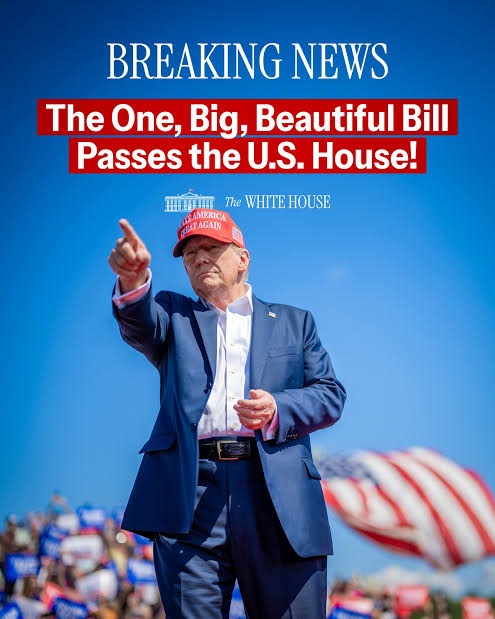NEW YORK (AP) — The ongoing government shutdown has led to mixed effects on national parks across the United States. While popular sites like the Statue of Liberty remain accessible to tourists, many others, including historical sites like the Liberty Bell in Philadelphia, have shut their doors, denying visitors the chance to explore significant symbols of American history.
The National Park Service's contingency plan allows certain parks to stay open with limited services, primarily focusing on life and safety. However, almost 9,300 employees are furloughed, raising concerns about the potential for vandalism, resource damage, and deteriorating park conditions.
Visitors to Philadelphia's Independence Mall found themselves unable to enter and see the Liberty Bell, only catching glimpses through glass. Others have taken to social media asking questions regarding accessibility to camping sites and park maintenance in places such as Chaco Culture National Historical Park in New Mexico.
In states like Mississippi, shutdowns are hindering tourist access to significant cultural sites such as Vicksburg National Military Park. Nonetheless, a nonprofit is seeking to fund staff to reopen it. Maine's Acadia National Park has also been affected, as it faces a lack of rangers and essential visitor services.
As confusion reigns, questions emerge regarding the investments states have historically made to keep parks open during shutdowns. Colorado, forinstance, may assist in funding for Rocky Mountain National Park, while Arizona has indicated financial constraints prevent similar actions for the Grand Canyon.
Park advocates from past administrations warn of the severe consequences that historical shutdown damage could repeat if enough funding is not secured to keep these treasured sites operational. The impact may not only affect park conditions but also the economic reliability of communities dependent on tourism, echoing the 2013 shutdown that incurred loss of millions in visitor spending.
The outcome remains uncertain as discussions continue regarding agreements between state governments and the National Park Service to ensure that national parks can operate efficiently during this phase of reduced funding.


















